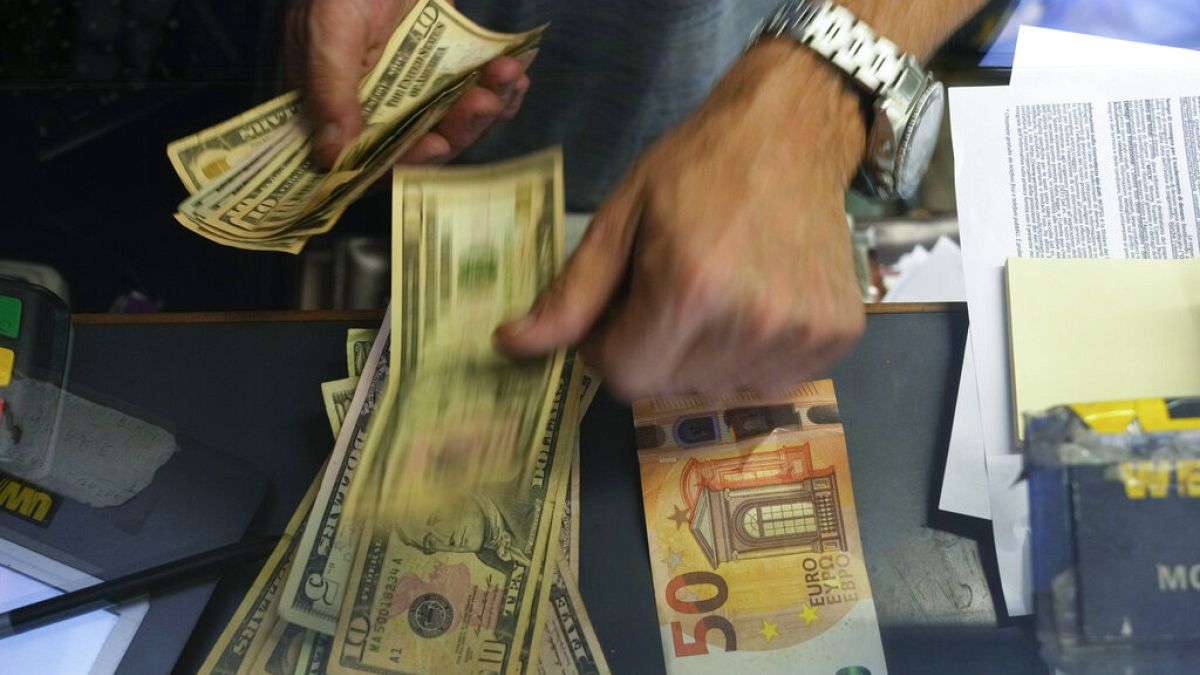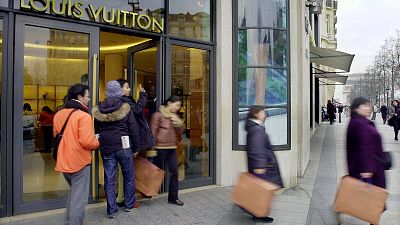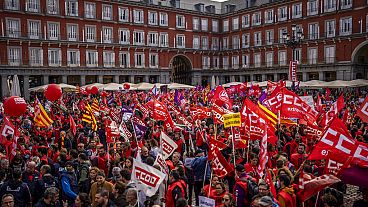A drop in energy prices brings monthly inflation to a lower-than-expected rate as price increases also cool on an annual basis.
Italy's CPI inflation figure was unchanged in the month to March while the rate of price increases came in at 1.2% on an annual basis, according to data released by the country's official statistics agency on Tuesday.
Earlier forecasts had predicted a 1.3% annual rise in March, while the monthly increase was also expected to come in slightly higher, at 0.1%.
"The downward trend of Italian inflation has been mostly driven by the base effect of the energy goods component, driven by the decline in natural gas prices," said Paolo Pizzoli, an ING economist covering Italy and Greece.
Nicola Nobile, an economist at Oxford Economics covering Italy and the Eurozone, added: "We expect inflation to continue to be below the ECB's 2% target for the whole of 2024 and to average just above 1%, at a lower pace than what we expect for the eurozone as a whole."
Although Italy's inflation is up on an annual basis, the rate of increase is slower than that recorded last year. This means prices are still increasing overall, but just at a slower pace.
Looking at specific goods and services, the prices of unprocessed food showed an annual rise of +2.6%, down from +4.4% a year earlier.
Processed food and alcohol showed an annual rise of +2.8%, down from +3.4% in the same period last year.
Working against these slowing rates was a jump in transport services inflation, which came in at +4.5%, compared with +3.8%.
Energy prices, although they are still coming down significantly, also slowed at a more modest pace when compared with the result seen in 2023.
Non-regulated energy products, showed a 10.3% annual price decline, compared to -17.2%, whilst regulated energy products were down 13.8%, compared to a rate of -18.4% seen in the year to 2023.
Since last winter, Italy's inflation has been cooling at a faster rate than prices in the eurozone, partially because the country saw such a dramatic spike in energy prices following Russia's invasion of Ukraine.
When Russian President Vladimir Putin began to limit gas deliveries to Europe, Italy was hit particularly hard because of its relatively heavy reliance on natural gas to produce electricity.
High interest rates set by the European Central Bank (ECB) have also been helping to cool price rises in Italy, as the elevated cost of borrowing has dissuaded firms and households from taking loans.
The next ECB meeting will be held on 6 June.
Experts are hoping for a soft landing, meaning that economists will be able to bring inflation down without causing a recession.



